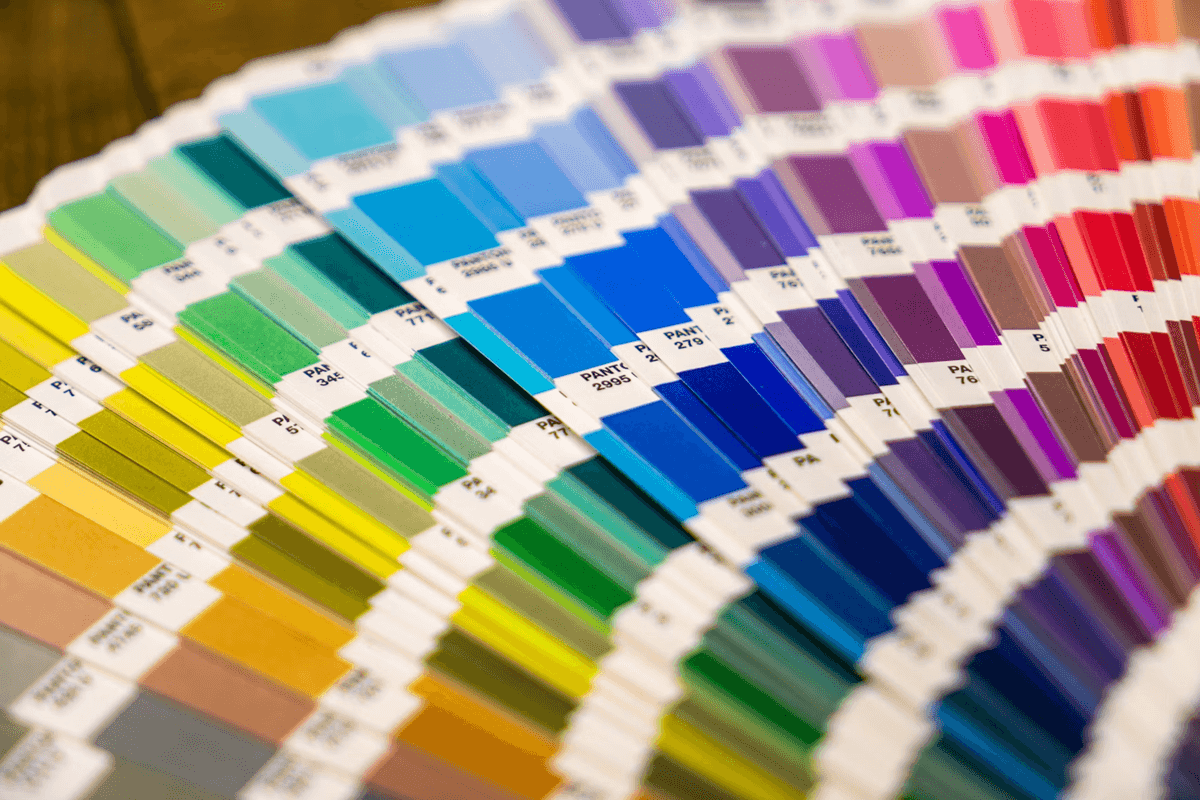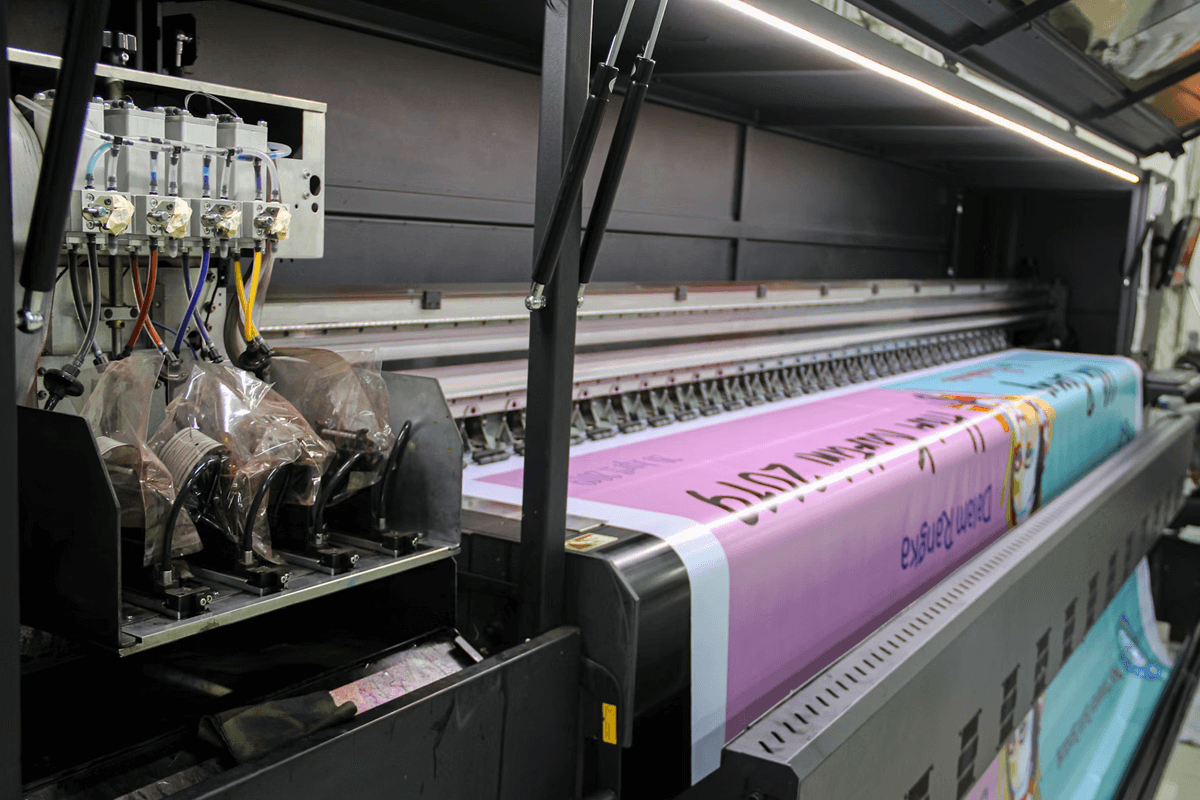
DTF Printing is like the new kid on the block changing the way digital printing is perceived by the world. Also called Direct-to-Film Printing, this novel method is changing the way things operate, especially in the textile sector. It is attributed to both speed and accuracy when it comes to creating printed materials of the finest quality.
It is majorly used for fabrics - the ascent to prominence is remarkable for textiles and has changed the way the industry operates. If you are interested in learning what DTF printing can do for the industry, keep reading.
Let’s keep it simple. DTF Printing involves transferring ink from a coated film to cloth. It does not require transfer paper or any other external tools. This makes printing with this technique simpler and affordable for small-scale businesses.
The process uses heat transfer in conjunction with sophisticated inks to produce vivid, finely detailed prints on fabrics. What fabrics, you ask? Well, it could be anything from cotton and polyester to mixes and various other textiles.
The textile industry has come to recognise DTF printing for its many benefits over conventional printing techniques. The method is renowned for its adaptability, enabling detailed designs and vivid colors with a degree of detail that is frequently difficult to accomplish with other techniques.
Additionally, as compared to conventional techniques like screen printing, DTF printing offers a more environmentally responsible option. It uses less water and generates less waste - two of the best aspects environmentally conscious people like to consider when they need to get their job done.
Businesses in the textile sector started implementing DTF printing as word got around about its effectiveness and high quality. This was both to use modern technologies as well as in an effort to maintain their competitiveness. The widespread usage of DTF printing was facilitated by its affordability, ease of use, and speedy replication of intricate designs.
The DTF printing market is now expanding quickly and innovating beyond measure. In order to satisfy the growing expectations of the market, manufacturers keep improving and optimizing the technology by adding new features. Businesses all across the world are adopting DTF printing because of its ability to improve product quality and revolutionize production methods.
Several nations have become frontrunners in using DTF printing technology, each of which has aided in the expansion of the sector as a whole. China, a nation renowned for its manufacturing ability, has widely adopted DTF printing. DTF printer development and refinement have been greatly aided by Chinese manufacturers, opening up the technology to global corporate adoption.
The technology of DTF printing has also been widely adopted by the US and several European nations. The effectiveness and quality that DTF printing offers have attracted textile makers in these areas, who are trying to stay ahead in a cutthroat industry.
The DTF printing sector is expected to see further developments and breakthroughs in the future. It is anticipated that technology will continue to advance, with manufacturers concentrating on enhancing print efficiency, color accuracy, and speed. Automating and integrating artificial intelligence into DTF printing procedures could further optimize output while decreasing error margins.

An image of a large digital printer producing a printed poster
Investigating environmentally safe and sustainable ink alternatives for DTF printing is one prominent trend. In response to growing consumer and business interest in environmental sustainability, ink makers are actively investigating and creating inks that reduce environmental effects while maintaining print quality.
As global brands modernize their production processes, emerging economies like Brazil and India will become major players in the DTF Printing market. This is mainly owing to how they already have a strong emphasis on textile manufacturing and contribute a large share of the market.
It is obvious that DTF Printing will have a significant impact on how textile printing is shaped globally. The market is seeing a rise in cooperation between textile industry stakeholders and DTF printer makers. This indicates that in the future, companies that use DTF printing are likely to stay ahead when it comes to innovation and retain their competitive advantage.
Disclaimer - Skrill Network is designed solely for educational and informational use. The content on this website should not be considered as investment advice or a directive. Before making any investment choices, it is crucial to carry out your own research, taking into account your individual investment objectives and personal situation. If you're considering investment decisions influenced by the information on this website, you should either seek independent financial counsel from a qualified expert or independently verify and research the information.
Tags:
RECENT POSTS
TAGS
Subscribe to the Skrill Network Newsletter today and stay informed
Recommended Articles